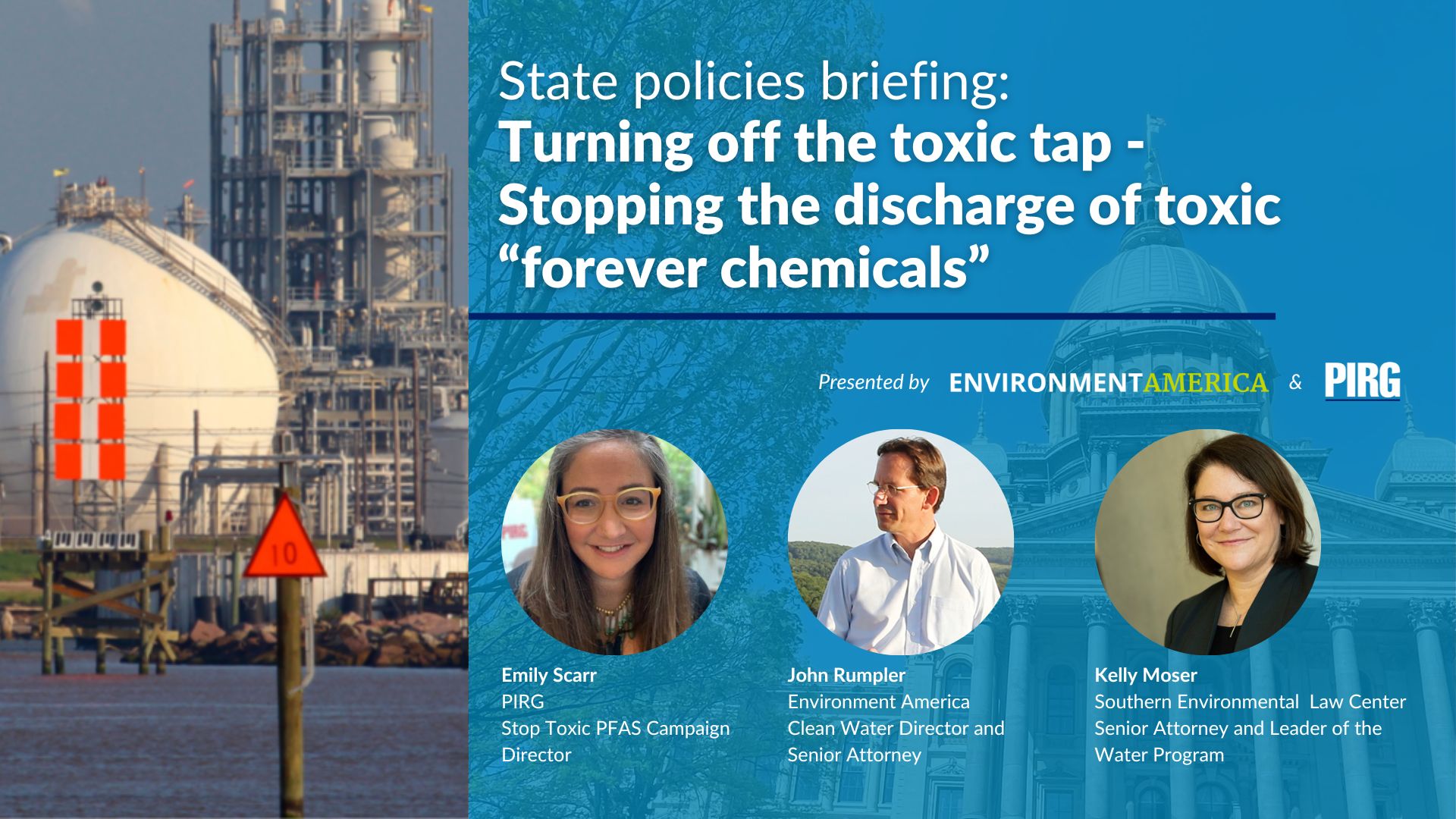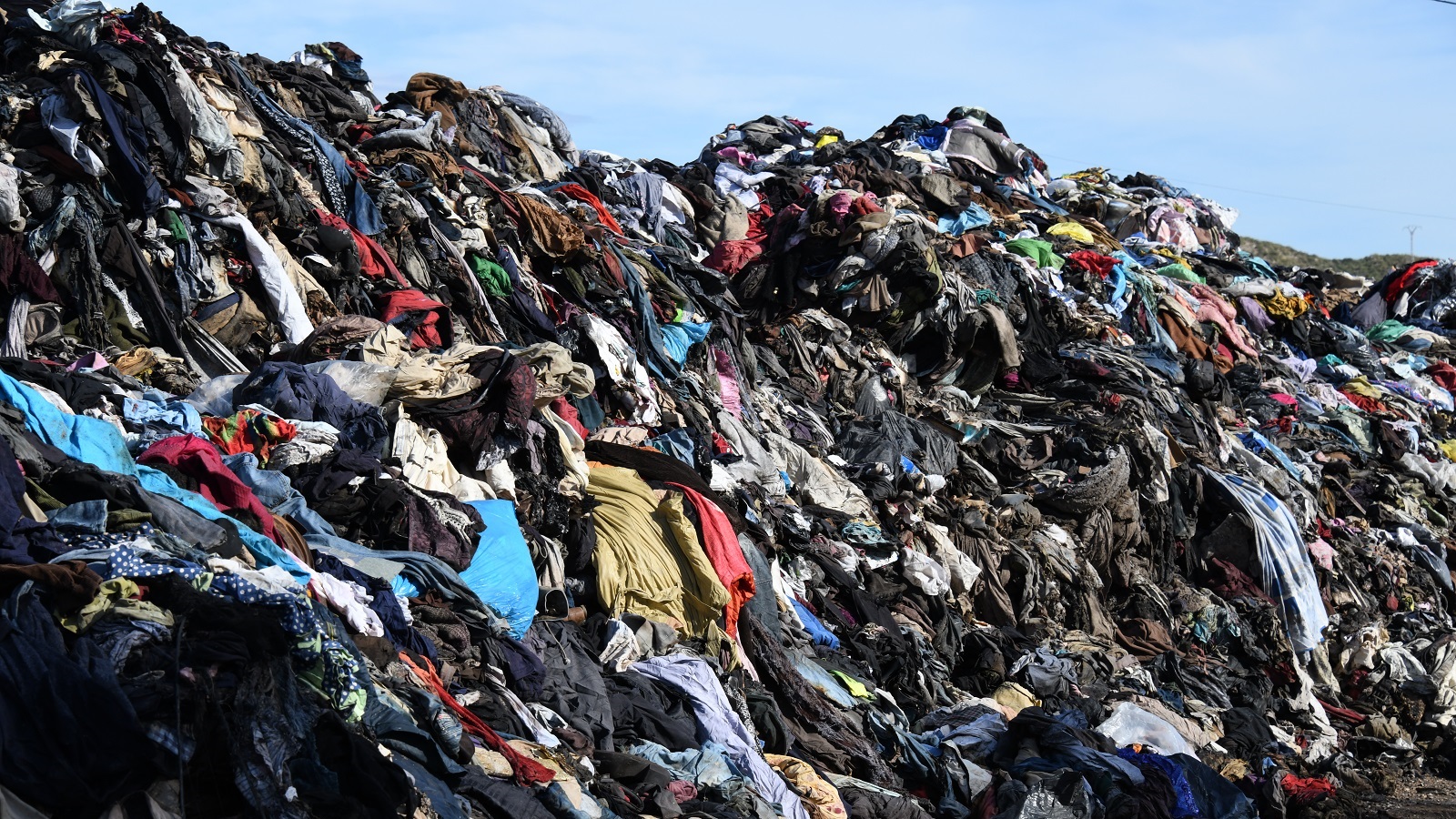
MASSPIRG joins firefighters calling for safer gear
Coalition calls on the National Fire Protection Association Standards Council to allow firefighters to choose Personal Protective Equipment without harmful PFAS. Firefighters, who risk their lives to protect the lives of others, deserve uniforms that protect them from all of the dangers they face and do not expose them to unnecessary harm. Firefighters have rates of cancer that exceed rates in the civilian population. While PFAS are not the only chemicals of concern that may be linked higher rates of cancer among firefighters, PFAS are certainly contributing to elevated rates of illness.

August 4, 2021
Standards Council
National Fire Protection Association
1 Batterymarch Park
Quincy, MA 02169
Dear Members of the National Fire Protection Association Standards Council:
Thank you for the opportunity to comment on Temporary Interim Amendment 1594. The undersigned support the International Association of Firefighter’s proposal to remove section 8.62 from NFPA Standard 1971.
Section 8.62 requires moisture barriers, located in the middle layer of PPE, to resist 40 hours of continuous UV light without failing. Manufacturers have been unable to meet this standard without adding PFAS to moisture barriers. Since the introduction of Section 8.62, all firefighter PPE has had PFAS, first PFOA and later PTFE.
Resistance to 40 hours of continuous UV light exposure is not a relevant or necessary test for assessing the functionality of firefighter personal protective equipment. The moisture barrier is unlikely to be exposed to any UV light at all, much less for a continuous 40 hours.
Research by University of Notre Dame physicist Graham Peaslee has demonstrated that PFAS migrate from the middle and outer layer of gear. Firefighters absorb PFAS dermally and from dust in fire houses. Research demonstrates high levels of PFAS in station house dust and elevated levels of PFAS in firefighters’ blood.
Firefighters, who risk their lives to protect the lives of others, deserve uniforms that protect them from all of the dangers they face and do not expose them to unnecessary harm. Firefighters have rates of cancer that exceed rates in the civilian population. While PFAS are not the only chemicals of concern that may be linked higher rates of cancer among firefighters, PFAS are certainly contributing to elevated rates of illness.
Legacy PFAS still present in older uniforms cause kidney and testicular cancer, as has been shown through extensive scientific research and epidemiological evidence, including the 7-year C8 study, which included 70,000 individuals.
Newer PFAS have not been shown to be safe. While not every PFAS has been characterized, those that have been studied show high persistence, and many appear to be linked to a range of toxic outcomes, some acting on the same organs as PFOA and PFOS, others appearing to damage other body systems. As a result, scientists and advocates are increasingly calling for PFAS to be regulated as a class.
While industry has claimed that fluoropolymers such as PTFE are safer, independent scientists do not support this claim. Rainer Lohman et al reviewed the evidence in their peer-reviewed analysis of fluoropolymer safety published in Environmental Science and Technology https://pubs.acs.org/doi/abs/10.1021/acs.est.0c03244. They expressed concern about harmful releases during the production, use and disposal of fluoropolymers.
The Massachusetts Science Advisory Board (SAB), an 11-member committee of expert scientists responsible for advising state policy makers about toxic reduction, came to the same conclusions in their 2020 Draft PFAS Policy Analysis, writing:
“The SAB discussed polymers, including representative structures, their manufacture and potential for degradation. Scientific evidence reviewed includes concerns with non-polymer residuals, mixtures, and thermal and mechanical degradation. Some concerns noted:
• Fluoropolymers are manufactured using PFAAs and there were concerns with residuals in polymers.
• Fluoropolymer coatings are provided as small polymer particles, either as dry powder or in dispersions which contain residual PFAAs. These are used by businesses and consumers to apply fluoropolymer coatings, and the PFAAs are released to air or water.
• Fluoropolymers begin to break down thermally at relatively low temperatures, which may be reached during plastics processing, curing, use and end-of-life incineration.
• Side-chain fluorinated polymers (with non-fluorinated carbon backbones) are subject to mechanical and thermal degradation, with side chains cleaving from the backbone.” (See https://www.turi.org/content/download/13403/205105/file/Draft%20PFAS%20Policy%20Analysis%20October%2026%20(002).pdf, p 9)
Given scientific concern about the entire class of PFAS, including those currently used in firefighter PPE, and the lack of evidence that Section 8.62 has a logical connection to firefighter safety, we urge the NFPA to eliminate Section 8.62 from Standard 1971.
The International Association of Fire Fighters has submitted this request and is seeking to protect its members from unnecessary exposures that can cause their illness and death. NFPA should support firefighters who are fighting for their own safety.
Sincerely,
Mark Rossi, Executive Director, Clean Production Action
Elizabeth Saunders, Massachusetts Director, Laura Spark, Senior Policy Advocate, Clean Water Action
Heather A. Govern, Esq., Erica Kyzmir-McKeon, Staff Attorney, Vice President and Director, Clean Air and Water, Conservation Law Foundation
Elizabeth Foster-Nolan, President, League of Women Voters of Massachusetts
Cheryl Osimo, Executive Director, Massachusetts Breast Cancer Coalition
Jodi Sugerman-Brozan, Executive Director, Massachusetts Coalition for Occupational Safety and Health
Thomas Estabrook, Board Member, Massachusetts Teachers Association
Phil Brown, PhD, University Distinguished Professor of Sociology and Health Sciences, Director, Northeastern University Social Science Environmental Health Research Institute, Director, PFAS Lab (conducting NSF and NIEHS-funded research on PFAS)
Deirdre Cummings, Legislative Director, Massachusetts Public Interest Research Group
Deb Pasternak, Chapter Director, Massachusetts Sierra Club
Topics
Authors
Deirdre Cummings
Legislative Director, MASSPIRG
Deirdre runs MASSPIRG’s public health, consumer protection and tax and budget programs. Deirdre has led campaigns to improve public records law and require all state spending to be transparent and available on an easy-to-use website, close $400 million in corporate tax loopholes, protect the state’s retail sales laws to reduce overcharges and preserve price disclosures, reduce costs of health insurance and prescription drugs, and more. Deirdre also oversees a Consumer Action Center in Weymouth, Mass., which has mediated 17,000 complaints and returned $4 million to Massachusetts consumers since 1989. Deirdre currently resides in Maynard, Mass., with her family. Over the years she has visited all but one of the state's 351 towns — Gosnold.
Find Out More

PIRG’s warmest wishes for a safe and happy new year

Event highlights role of states in stopping industries from dumping toxic PFAS

Got PFAS?

